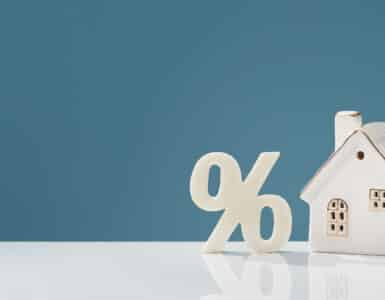For college students who graduated in the spring, it’s about that time. Time to start paying off student loans. The six month grace period after graduation is up, and the bills are about to start rolling in. Here are the first steps to take for any college students about to brave the world of loan repayment.
-
1. Get to know the debt. The first thing you’ll want to do is get familiar with your debt. Typically you’ll receive a letter from your lender (or lenders) about a month or two in advance of the payment starting point. This letter will explain who you’ll be paying, how much and how often. If you don’t have a letter, the New York Times suggests going to the National Student Loan Data System, which has all the info on federal loans.
-
2. Identify a path. Unless you’ve arranged otherwise, your payment plan will be the standard 10-year system. This is the fastest way to get out of debt, but also comes with the steepest monthly payments.
-
3. Make your payment move. If you can make that 10-year payment, do so. If the payments are too high, check out the Education Department’s repayment estimator tool. This system will show you all the options that are available to you, from paying based on income, to lowering the payments but spreading them out, to even having the balance dropped after a certain period of time. Keep in mind that the downside to choosing a longer repayment plan is that you’ll be paying more in interest.
-
4. Consider auto payments. Now that you have your payment plan in place, consider having it automatically deducted from your bank account. This is a great way to avoid missing a payment and you’ll get a discount on your interest rate.
-
5. Keep on it. With your payments in place, remember to keep up on the details of the debt. If payments become too much, contact your loan servicer and work out a new plan. The worst thing you can do is to ignore the debt.






